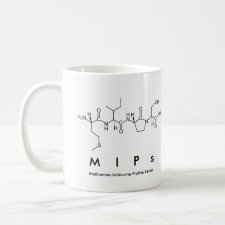
Authors: Shinkai S, Takeuchi M
Article Title: Molecular design of synthetic receptors with dynamic, imprinting, and allosteric functions.
Publication date: 2005
Journal: Bulletin of the Chemical Society of Japan
Volume: 78
Issue: (1)
Page numbers: 40-51.
DOI: 10.1246/bcsj.78.40
Abstract: Sugar recognition in an aqueous system has been achieved using a boronic acid-diol interaction. Combination with an intramolecular amino group has enabled us to read out the binding process as a change in the fluorescence intensity. This novel sugar-sensing method has been combined with a concept of ''molecular machinery", providing a new guest-binding mode with allosteric functions. When this method is combined with a concept of ''molecular imprinting", it becomes possible to design sugar-selective receptors created by a combinatorial method. The sugar recognition event is useful as a trigger to control molecular assemblies such as micelles, membranes, vesicles, and gels
Template and target information: Review - synthetic receptors for saccharides



Join the Society for Molecular Imprinting

New items RSS feed
Sign-up for e-mail updates:
Choose between receiving an occasional newsletter or more frequent e-mail alerts.
Click here to go to the sign-up page.
Is your name elemental or peptidic? Enter your name and find out by clicking either of the buttons below!
Other products you may like:
 MIPdatabase
MIPdatabase









